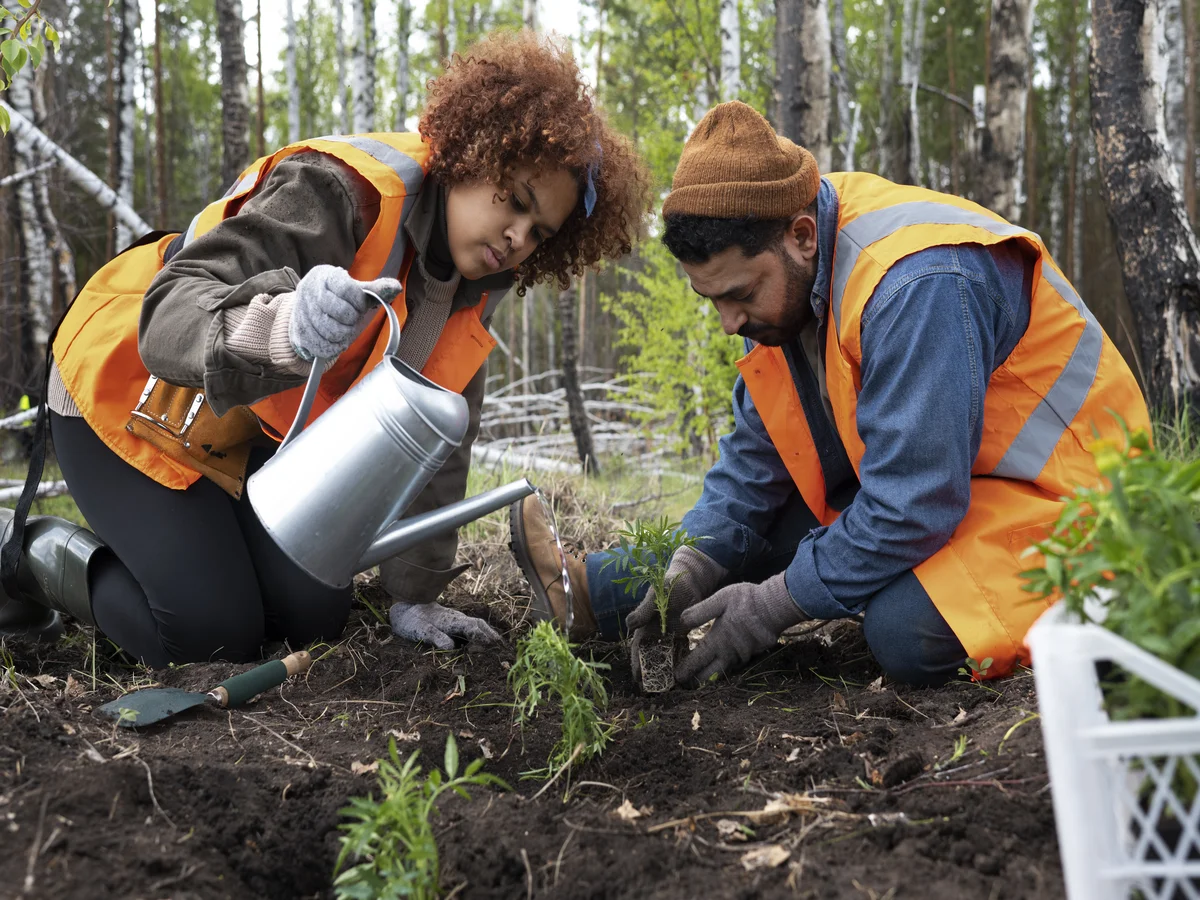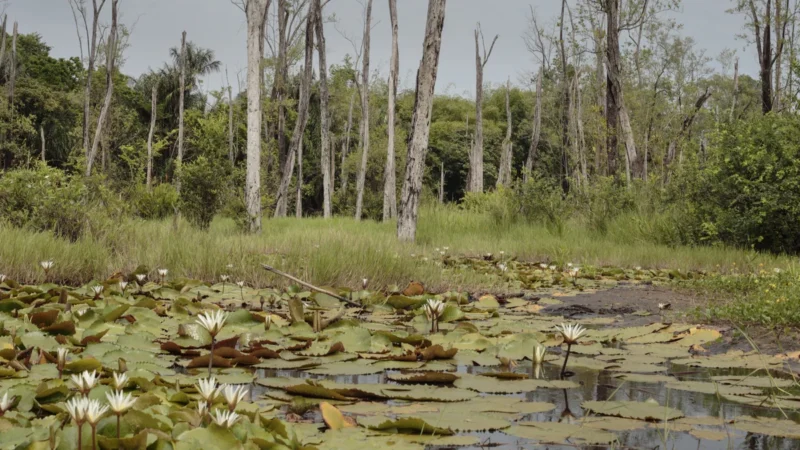The Vital Role of Tree Planting in Climate, Communities, and Biodiversity

Climate change is one of the most pressing challenges of our time, with far-reaching consequences for the planet, its inhabitants, and ecosystems. While there is no one-size-fits-all solution to combat this global crisis, tree planting has emerged as a powerful and versatile tool in the fight against climate change. Beyond its climate benefits, tree planting also plays a crucial role in supporting local communities and protecting biodiversity.
1. Climate Mitigation and Adaptation
Trees are often referred to as “the lungs of the Earth” for a good reason. They absorb carbon dioxide, a major greenhouse gas responsible for global warming, and release oxygen into the atmosphere. The more trees we plant, the more carbon dioxide they can sequester, helping to reduce the concentration of this harmful gas in the atmosphere. Forests act as carbon sinks, capturing and storing vast amounts of carbon, making them a natural solution to combat climate change.
Tree planting also contributes to climate adaptation. As global temperatures rise, trees provide shade, reducing the urban heat island effect in cities. They help regulate local temperatures, making urban areas more livable. Additionally, trees help to mitigate the impacts of extreme weather events by reducing erosion, preventing floods, and stabilizing soil.
2. Enhancing Biodiversity
Biodiversity is essential for the health and resilience of ecosystems. Trees provide habitat and food for a wide variety of plant and animal species. In a diverse forest ecosystem, numerous plant and animal species coexist, forming complex relationships that contribute to the overall health of the ecosystem.
Moreover, trees act as a protective barrier against habitat fragmentation. They can connect isolated patches of wilderness, allowing wildlife to move freely and ensuring genetic diversity among populations. This is crucial for the long-term survival of many species, particularly in the face of climate change.
3. Economic Benefits for Communities
Tree planting initiatives have a significant impact on local communities. These initiatives provide employment opportunities, from the initial planting to ongoing maintenance. In many regions, agroforestry practices, which combine tree planting with agricultural activities, offer sustainable livelihoods to rural communities.
Beyond employment, trees also provide valuable resources such as fruits, nuts, and timber. These resources can be harvested sustainably, offering a source of income and nutrition to communities. Additionally, by increasing the resilience of landscapes and reducing the risk of natural disasters, trees indirectly protect the livelihoods of people who depend on the land for their well-being.
4. Air and Water Quality
Trees play a vital role in improving air and water quality. They filter and purify the air by trapping pollutants and absorbing harmful gases. Trees also help to mitigate the effects of urban pollution, making the air safer to breathe for people in urban areas. Improved air quality leads to better public health outcomes, reducing the prevalence of respiratory diseases.
When it comes to water, trees help maintain healthy watersheds. Their roots prevent soil erosion and filter contaminants, ensuring that rainwater percolates into aquifers and contributes to a sustainable supply of fresh, clean water. Healthy watersheds are vital for both ecological and human well-being.
5. Psychological and Recreational Benefits
The presence of trees has a positive impact on human mental health. Studies have shown that spending time in green spaces, whether urban parks or natural forests, can reduce stress, anxiety, and depression. Trees provide a sense of calm and connection to nature, offering a respite from the fast-paced urban environment.
Recreationally, trees and forests offer opportunities for hiking, camping, birdwatching, and a host of other outdoor activities. These activities not only promote physical health but also strengthen the bond between communities and their natural surroundings.
Key Takeaways
Tree planting is not a one-dimensional solution; it’s a multi-faceted tool with a broad spectrum of benefits. From mitigating climate change to supporting biodiversity, improving local economies, and enhancing human well-being, the vital role of tree planting in climate, communities, and biodiversity cannot be overstated. It’s a practical, scalable, and sustainable way to address some of the most pressing challenges of our time, making it an indispensable part of our collective efforts to build a more resilient and sustainable future.
FAQs:
Tree planting is crucial for climate change mitigation because trees act as carbon sinks, absorbing carbon dioxide (CO2) from the atmosphere. They help reduce the concentration of this greenhouse gas, which is a major driver of global warming.
Trees provide habitat and food for a wide variety of plant and animal species. Their presence in diverse ecosystems promotes species coexistence and complex ecological relationships that are essential for biodiversity.
Tree planting initiatives create job opportunities, promote sustainable livelihoods, and offer valuable resources like fruits, nuts, and timber. Additionally, trees enhance the resilience of landscapes, protecting the well-being of people who rely on the land.
Trees help improve air quality by filtering pollutants and absorbing harmful gases. They also prevent soil erosion and filter contaminants from water, ensuring clean, fresh water supplies in watersheds.
Yes, spending time in green spaces with trees has positive effects on mental health, reducing stress and anxiety. Trees also provide opportunities for recreational activities like hiking, camping, and birdwatching, promoting physical and psychological well-being.


